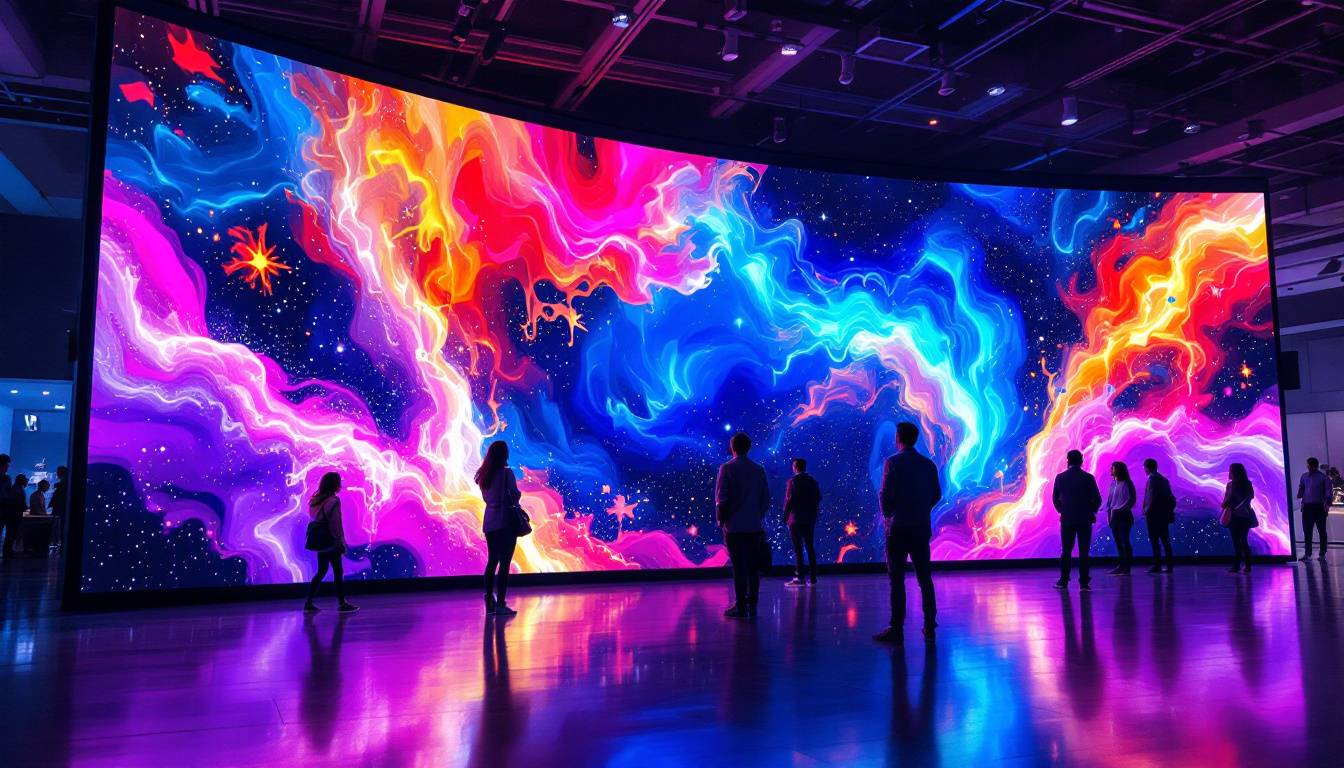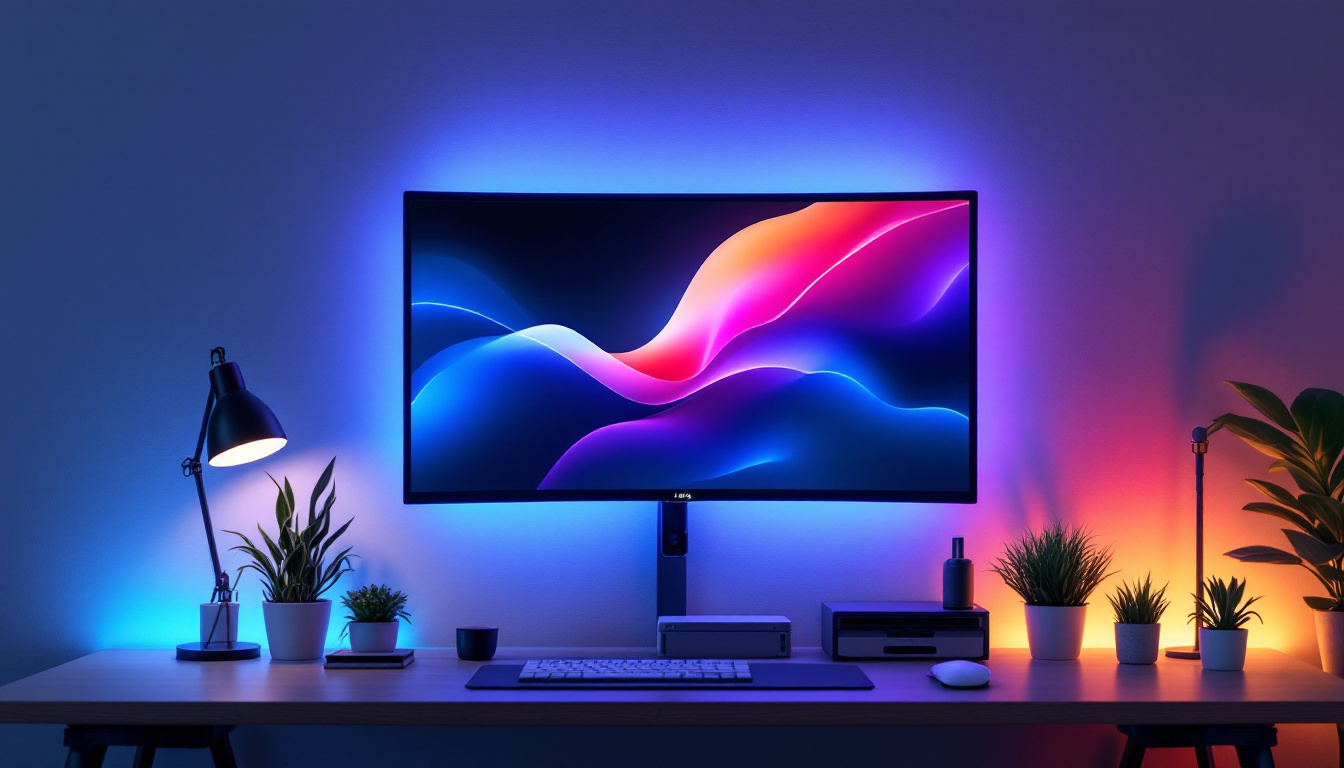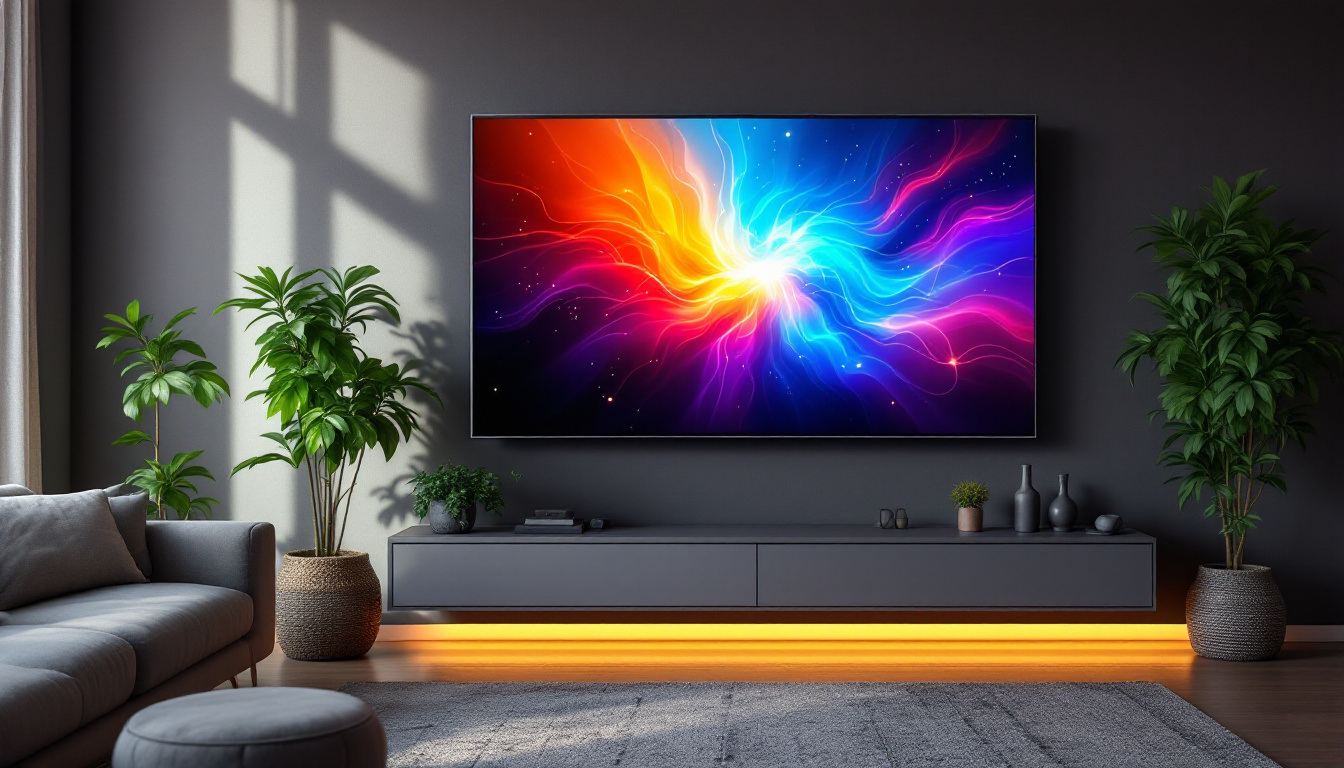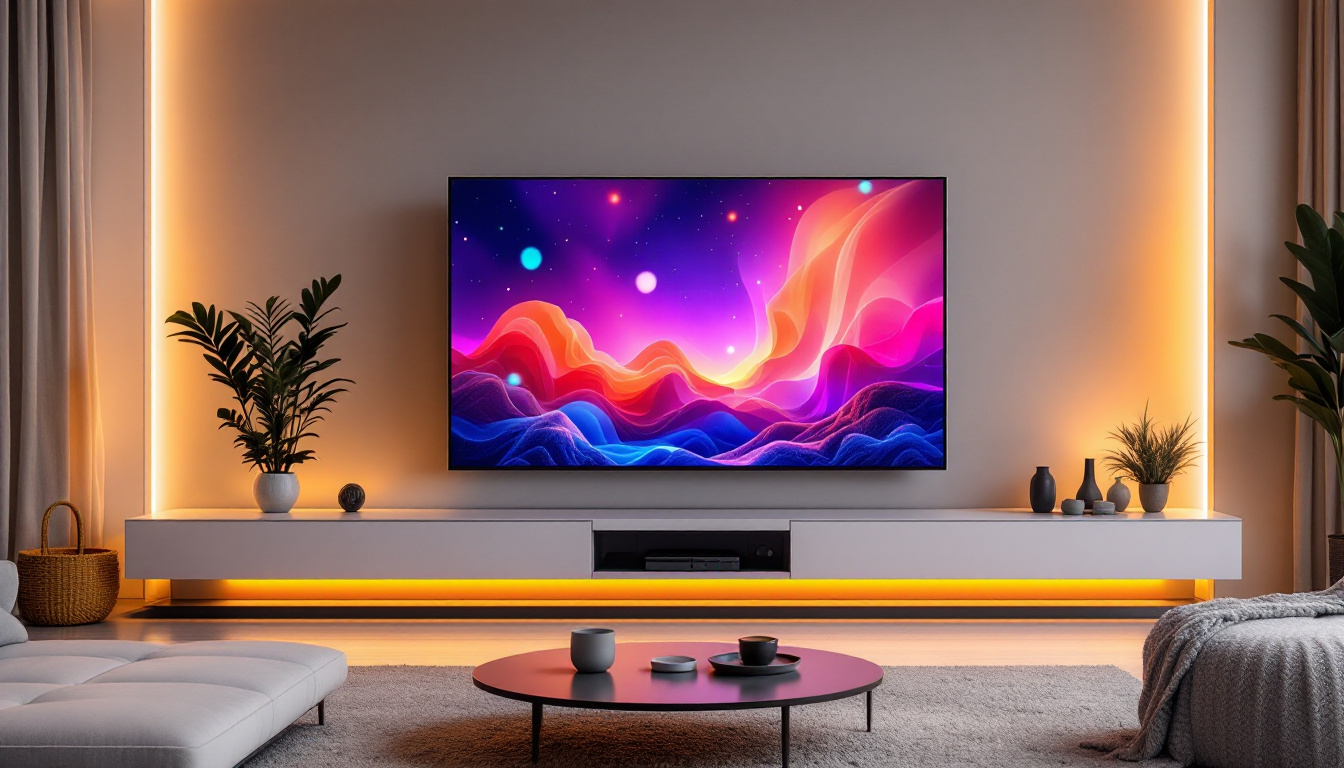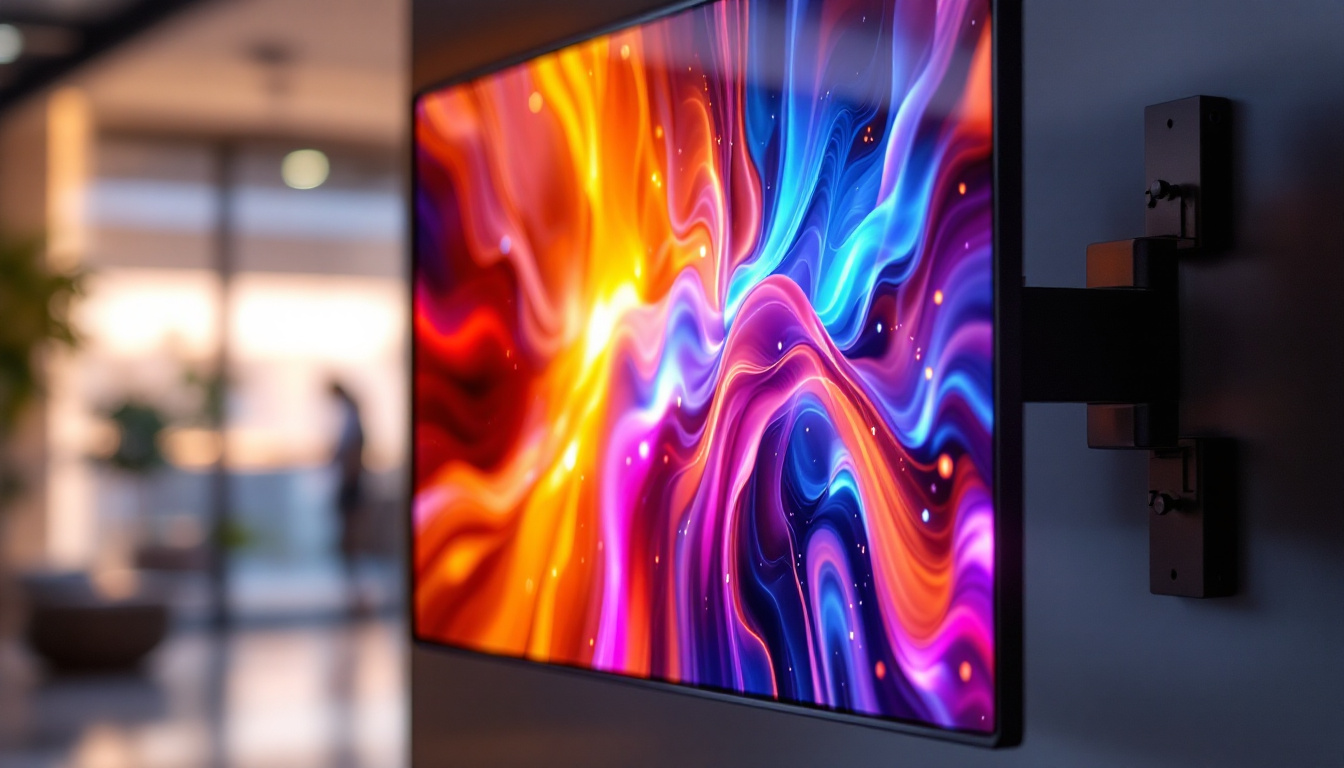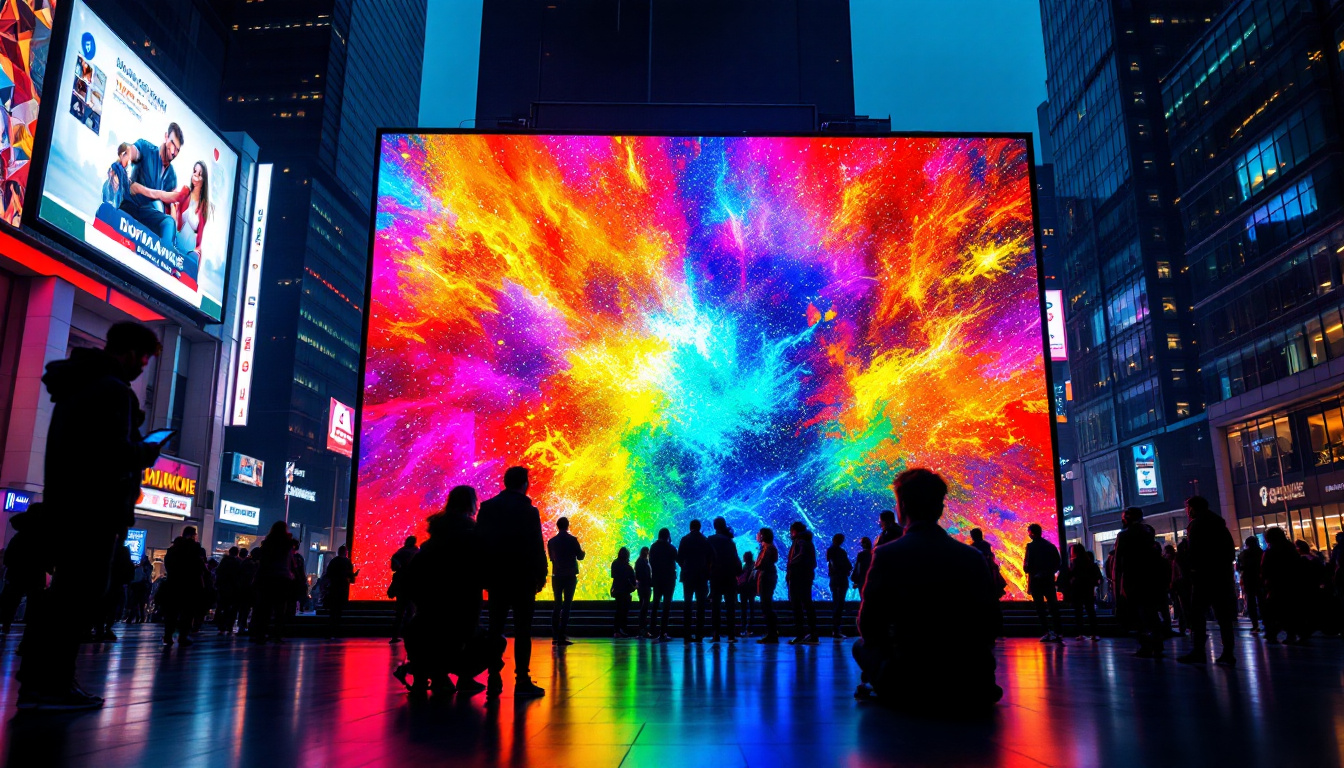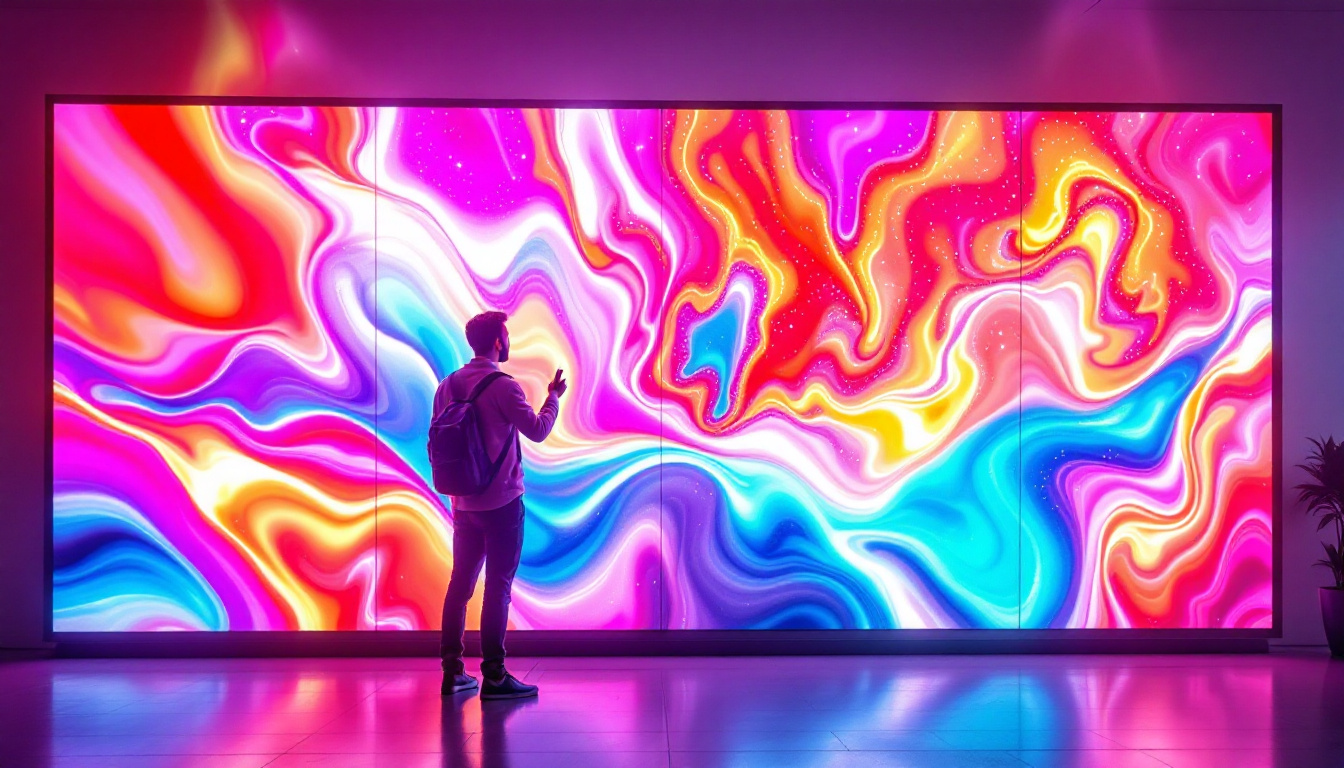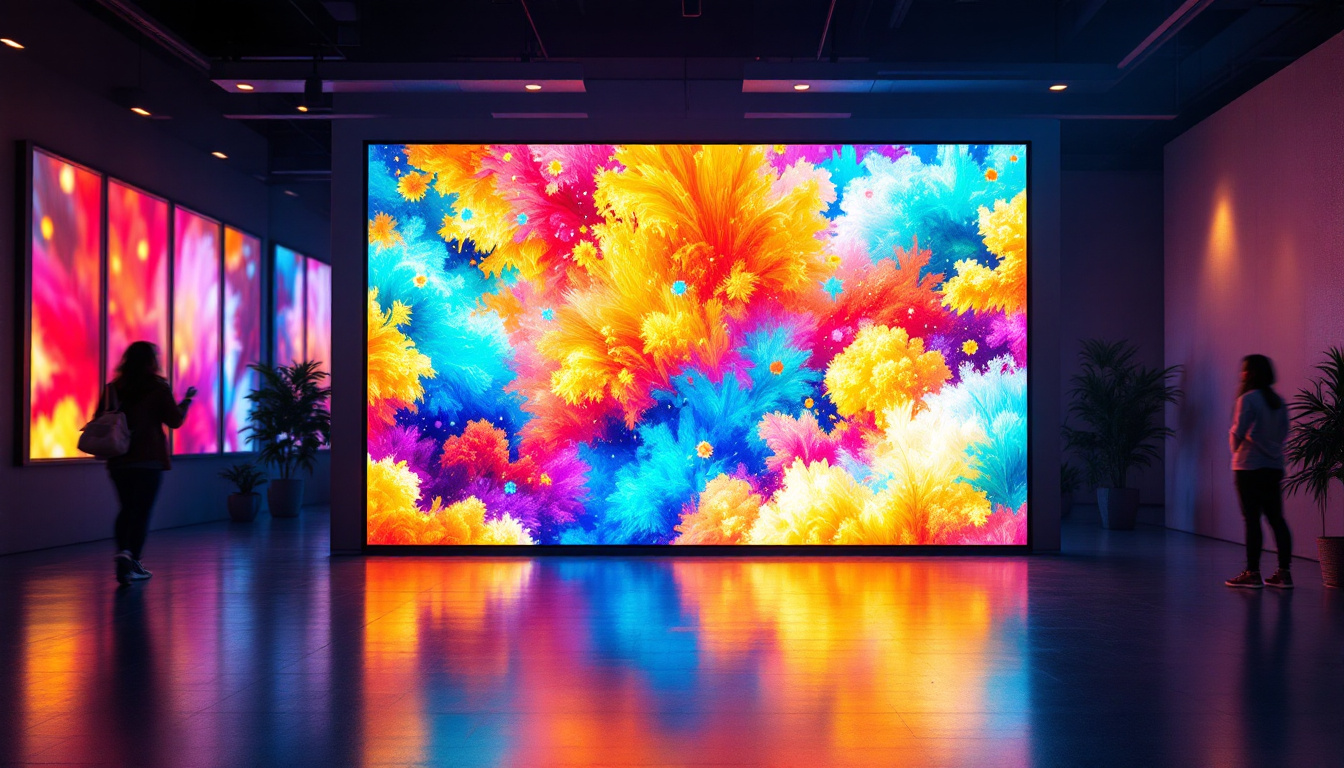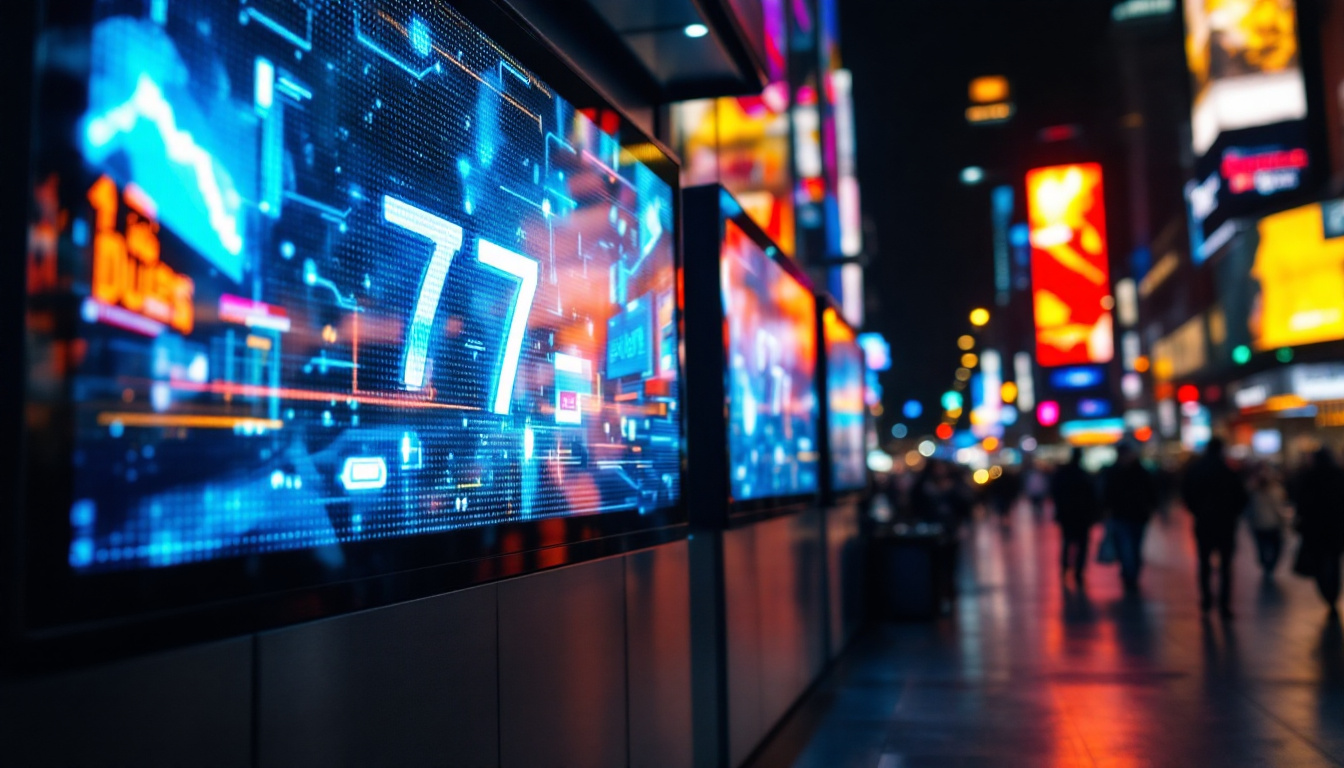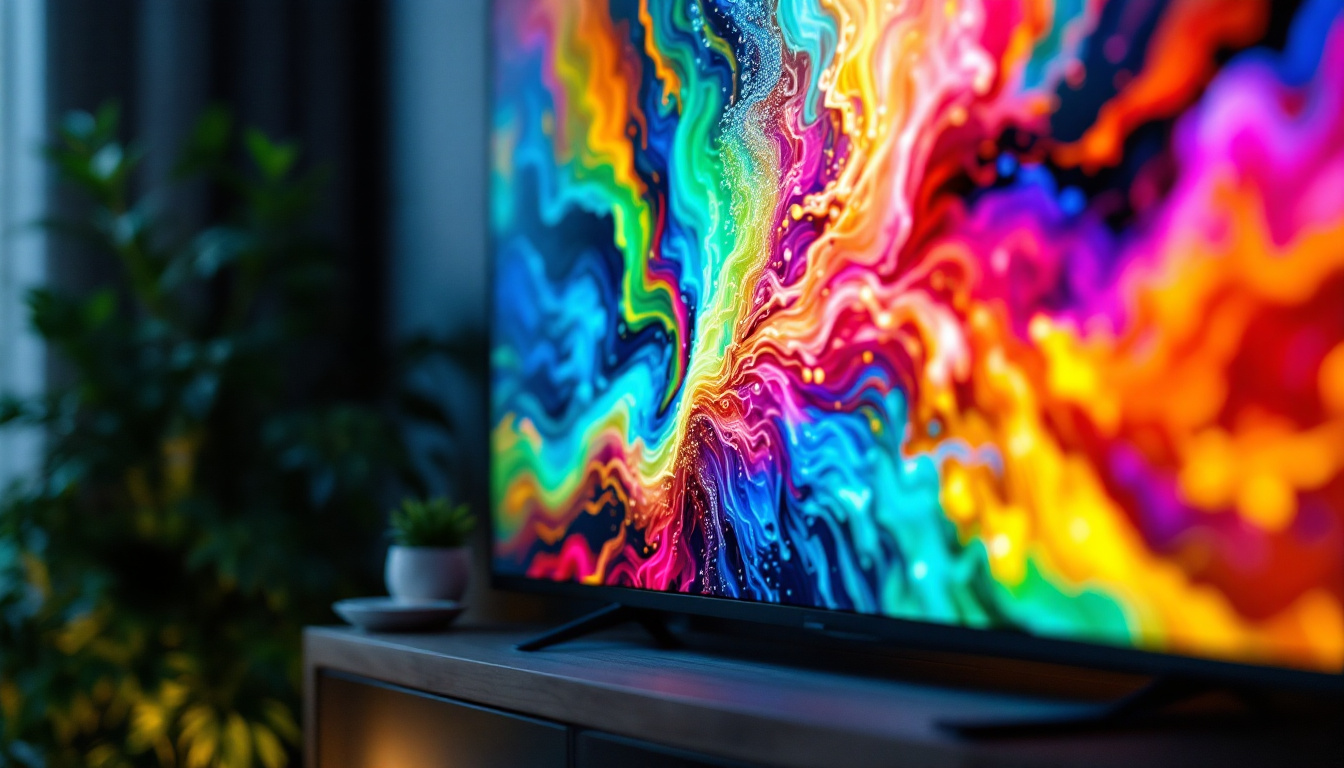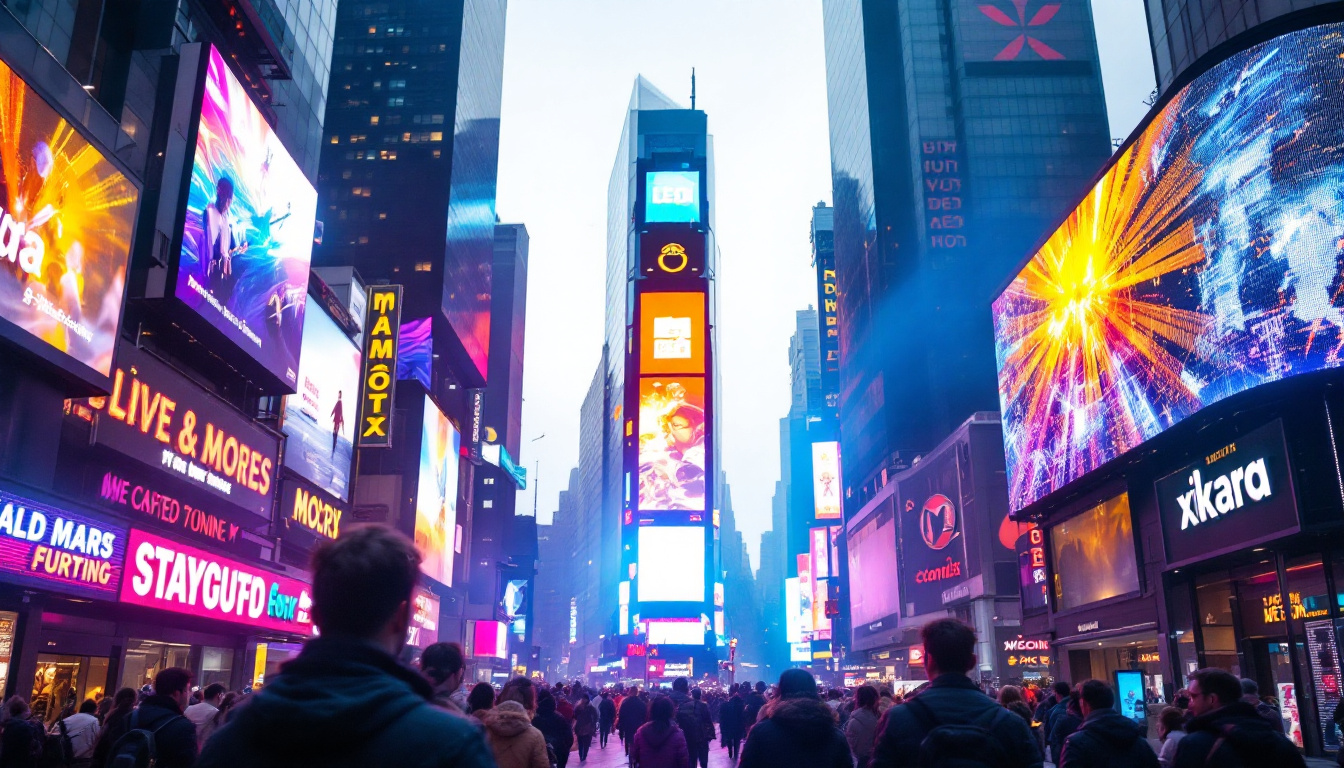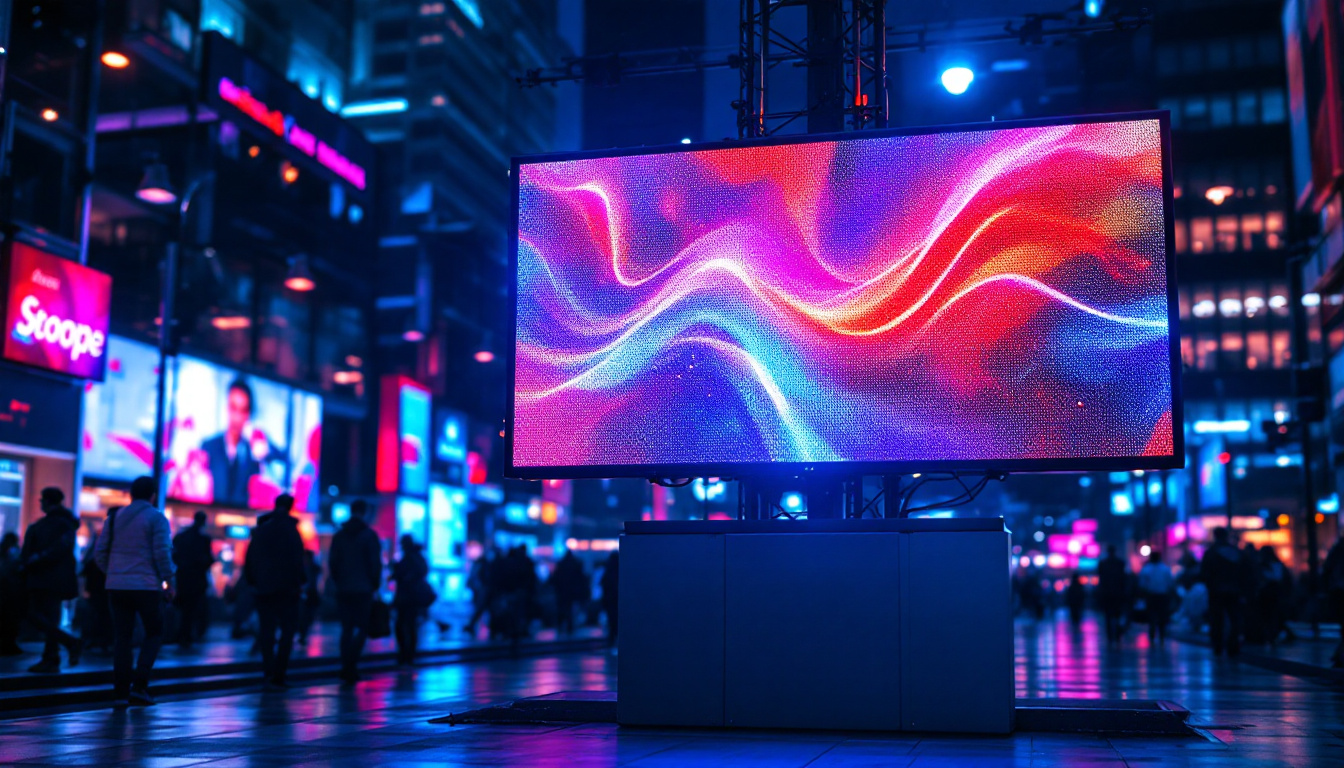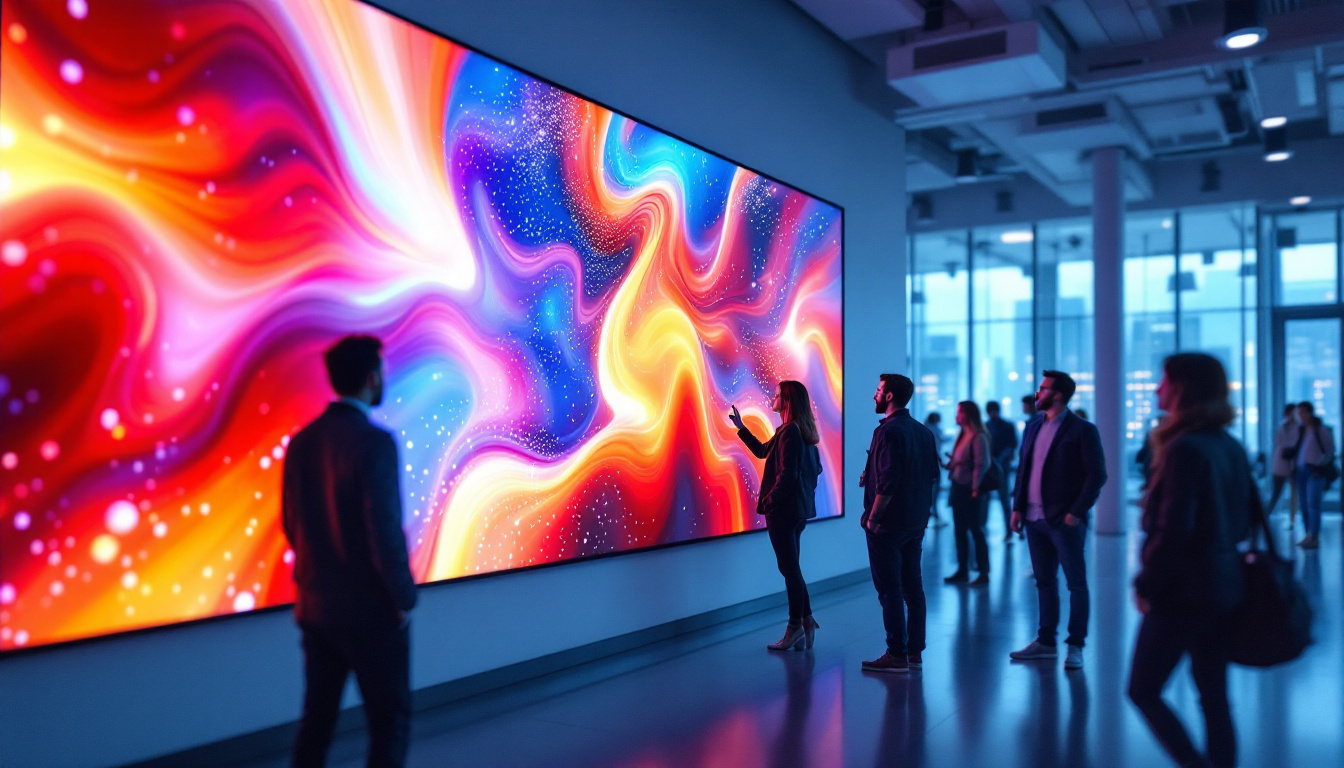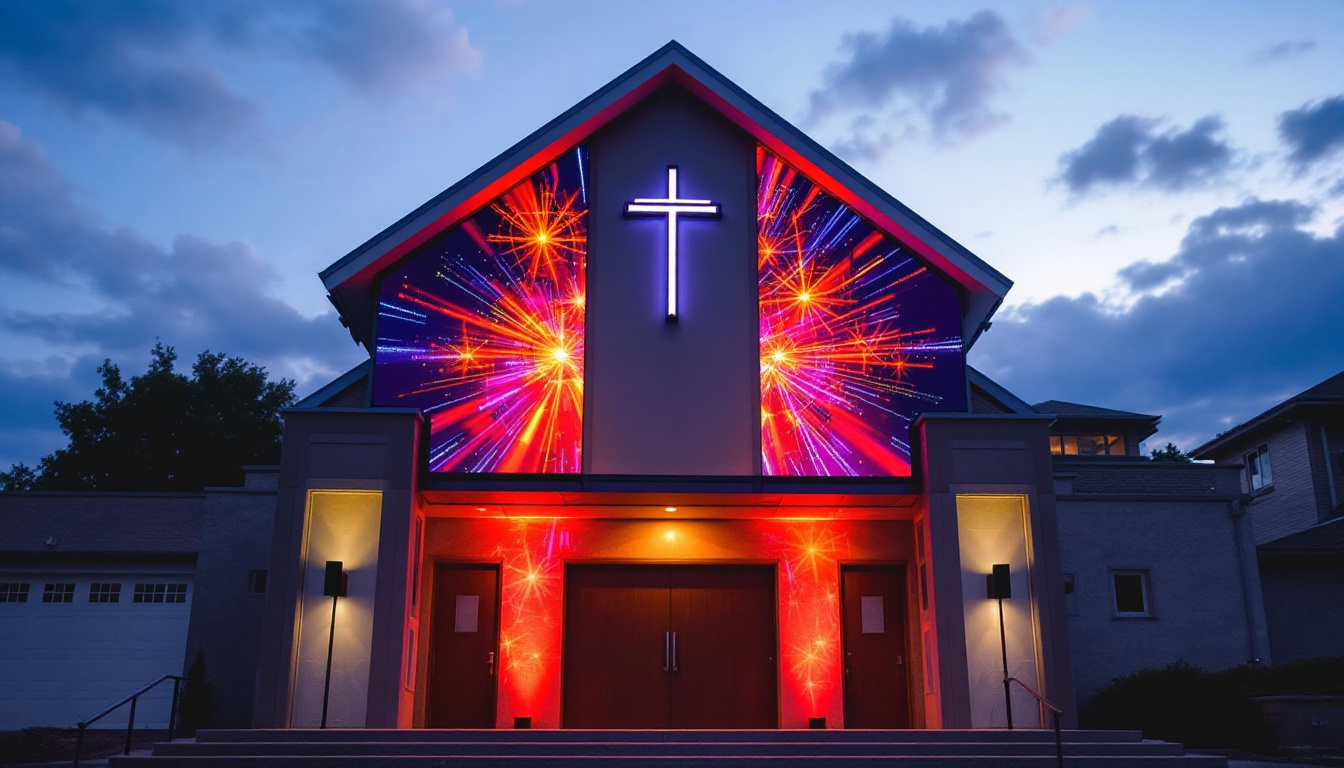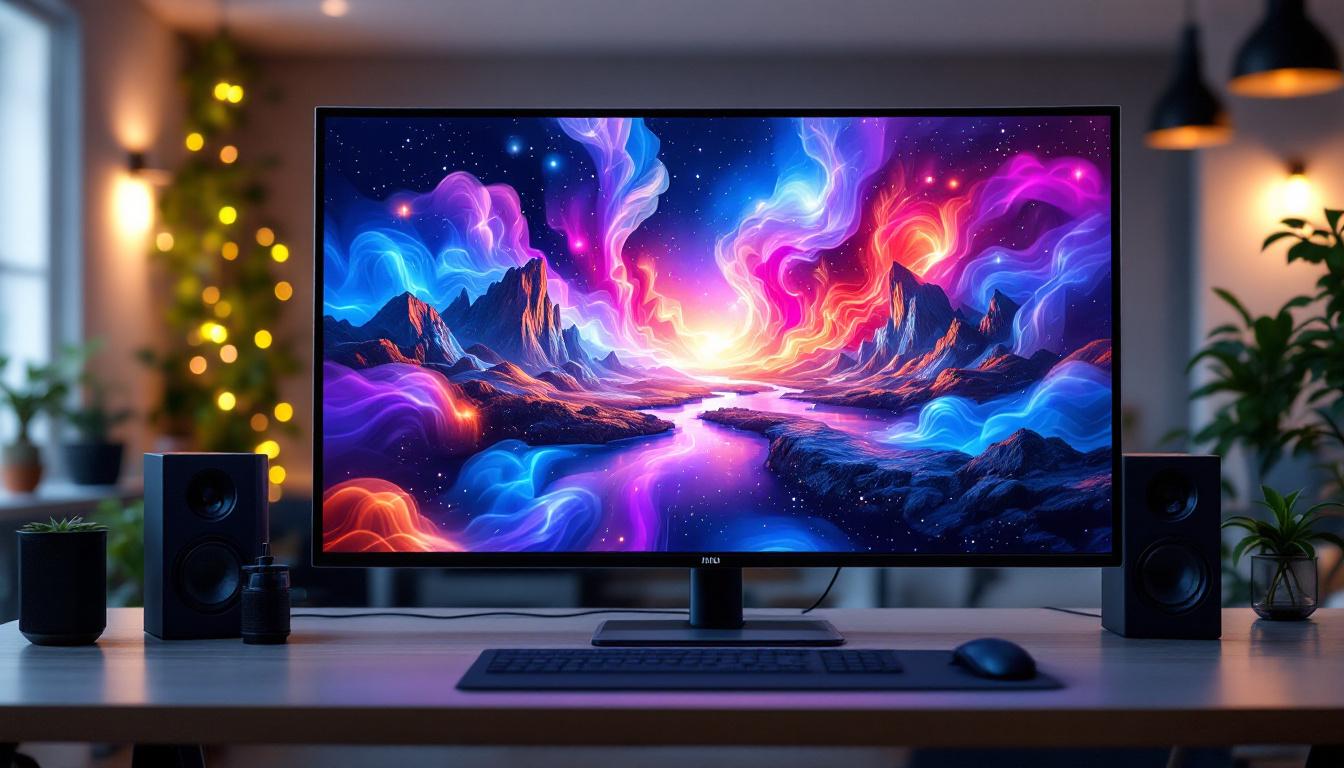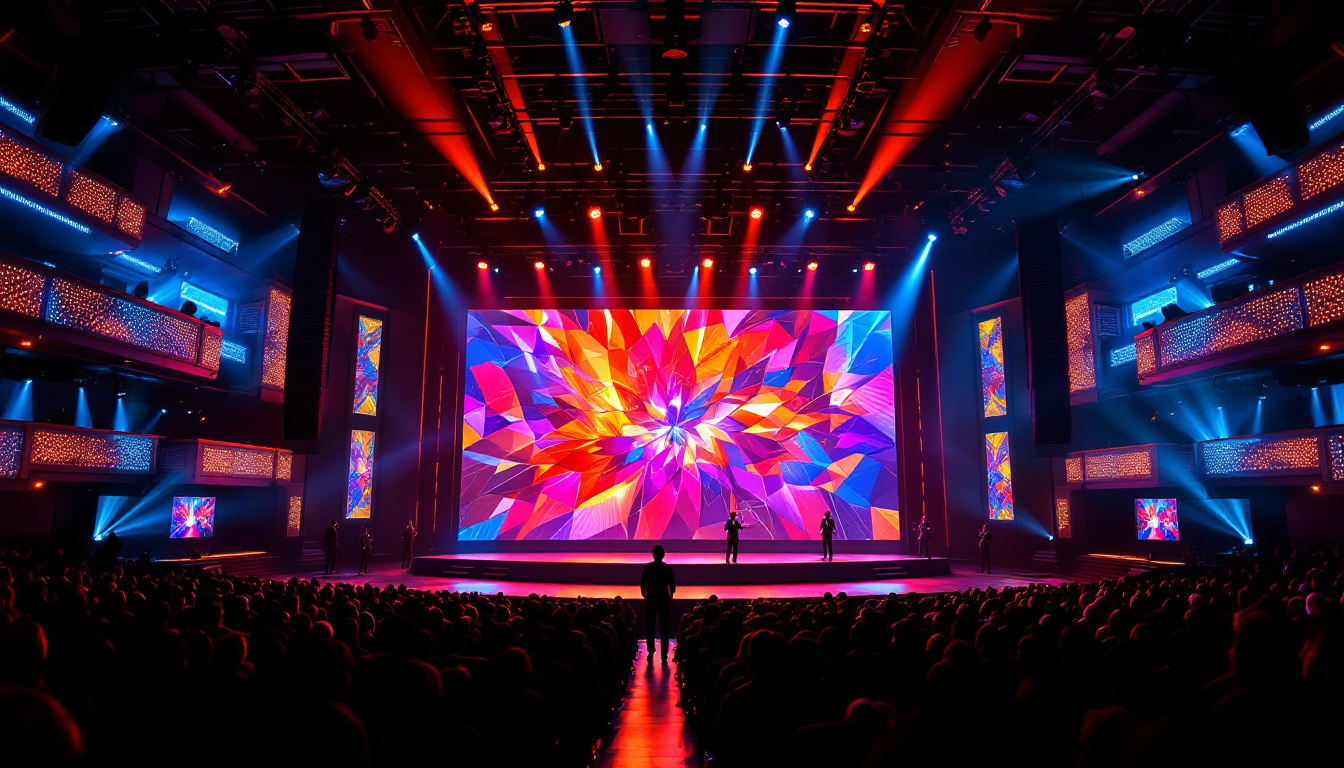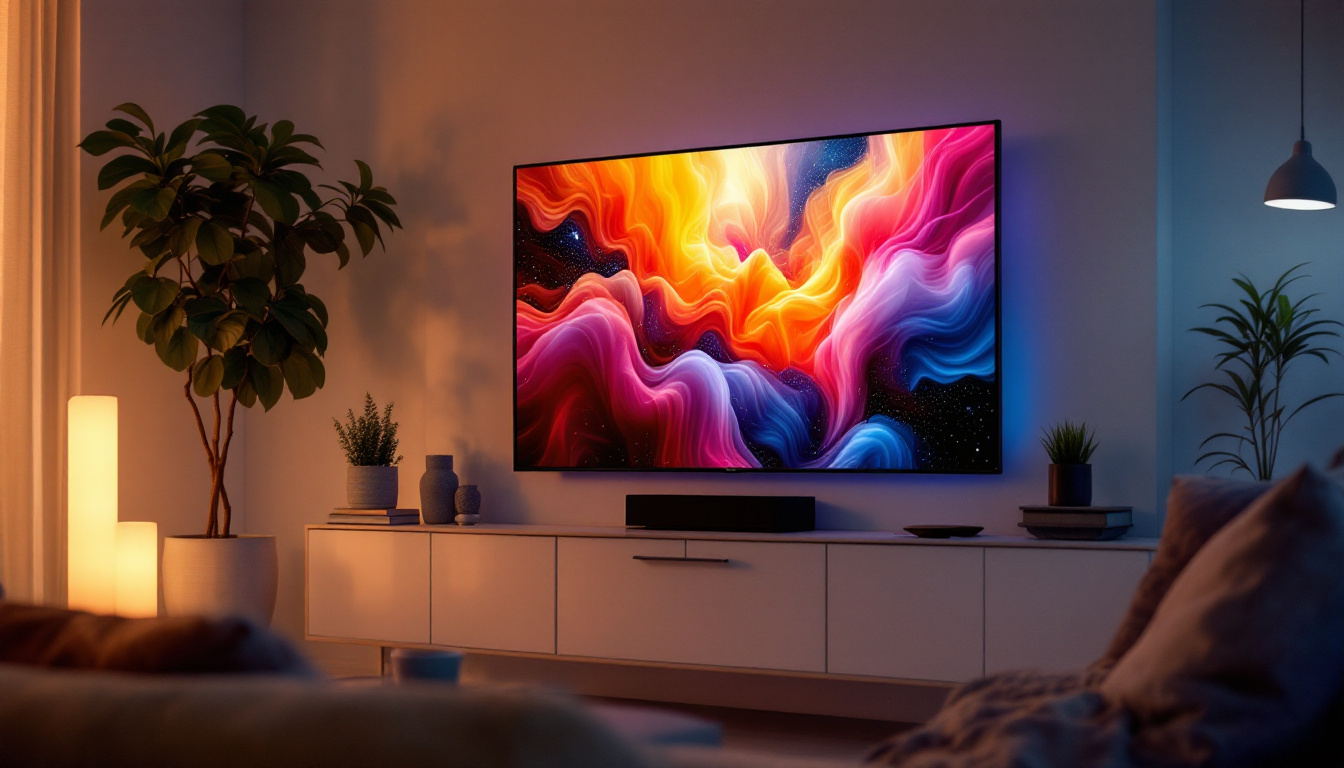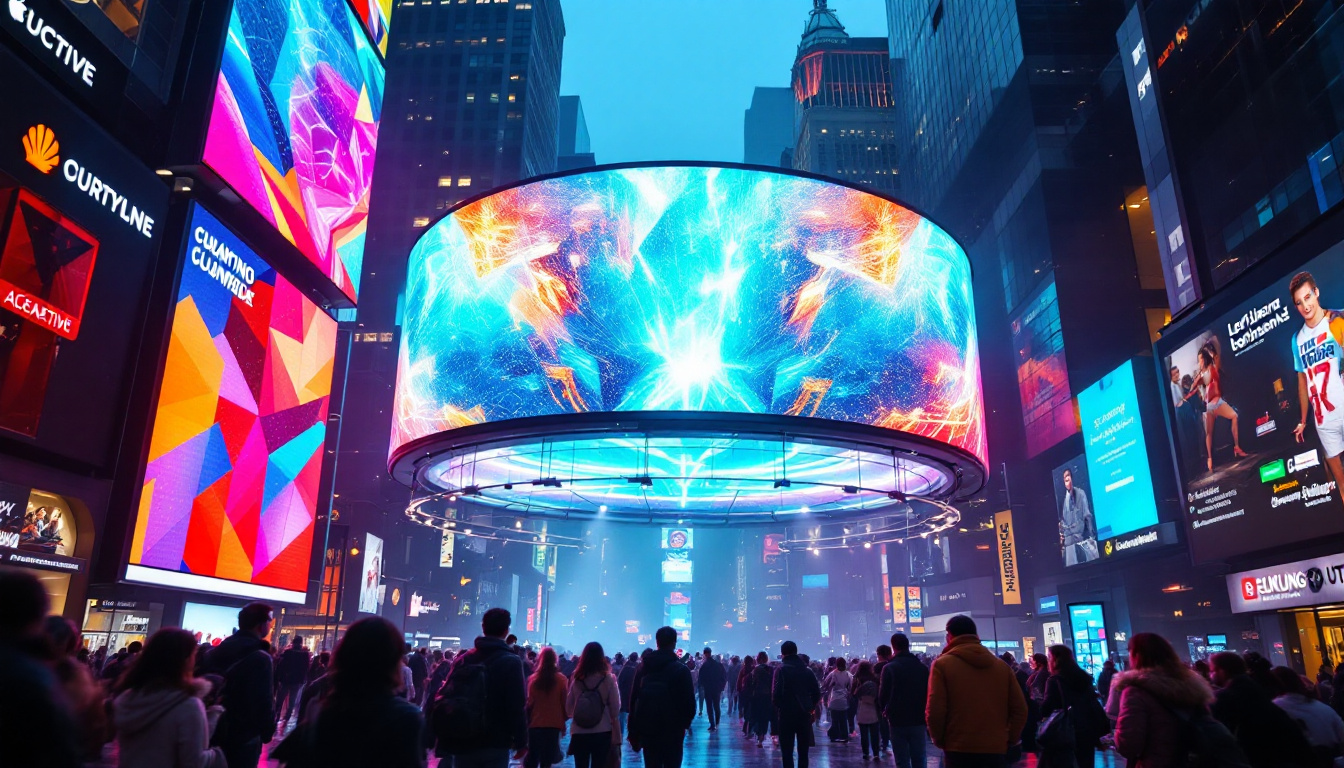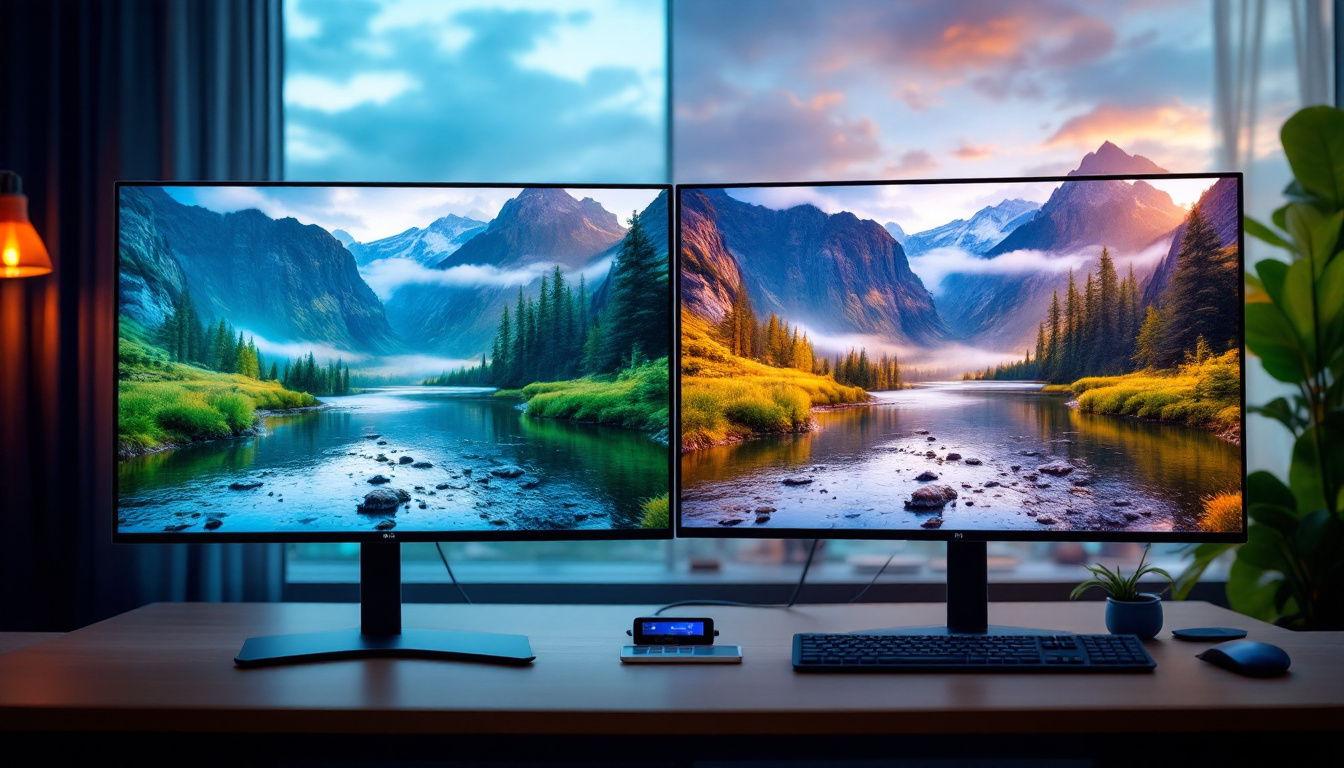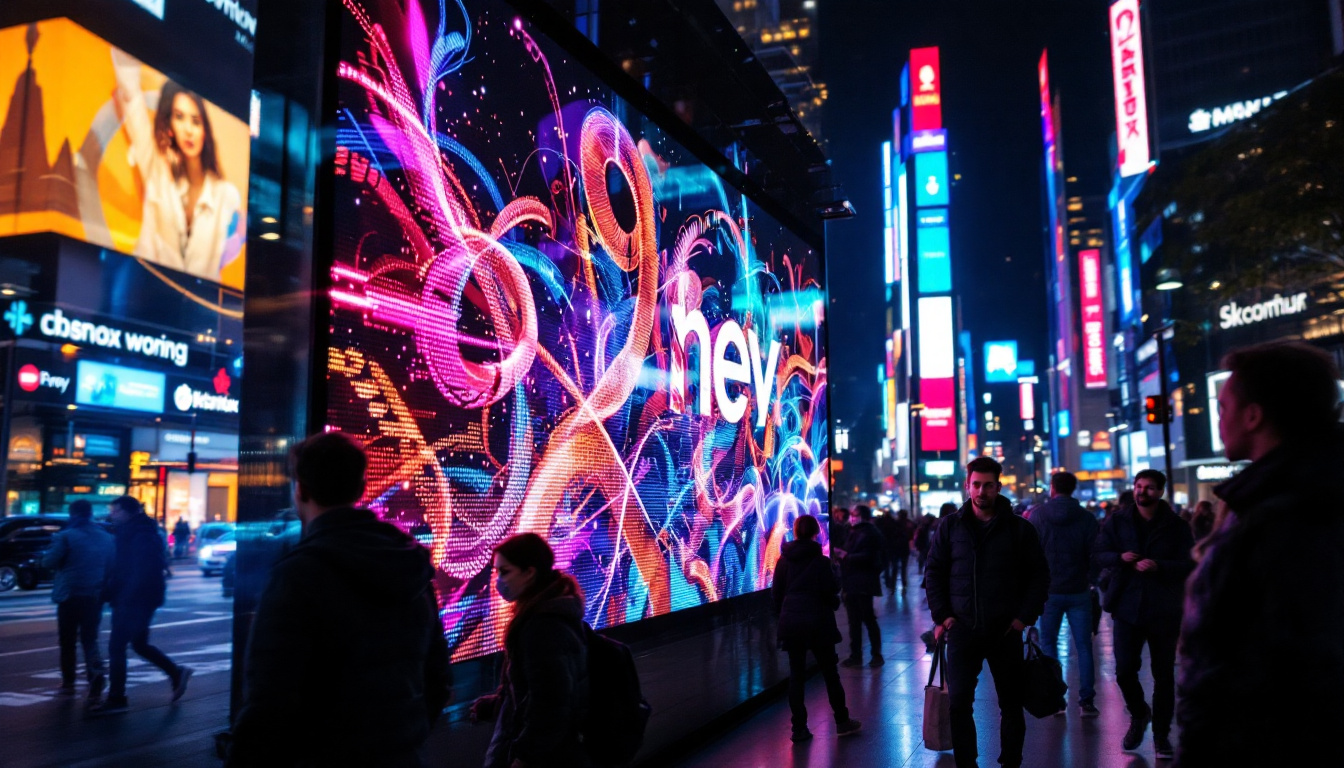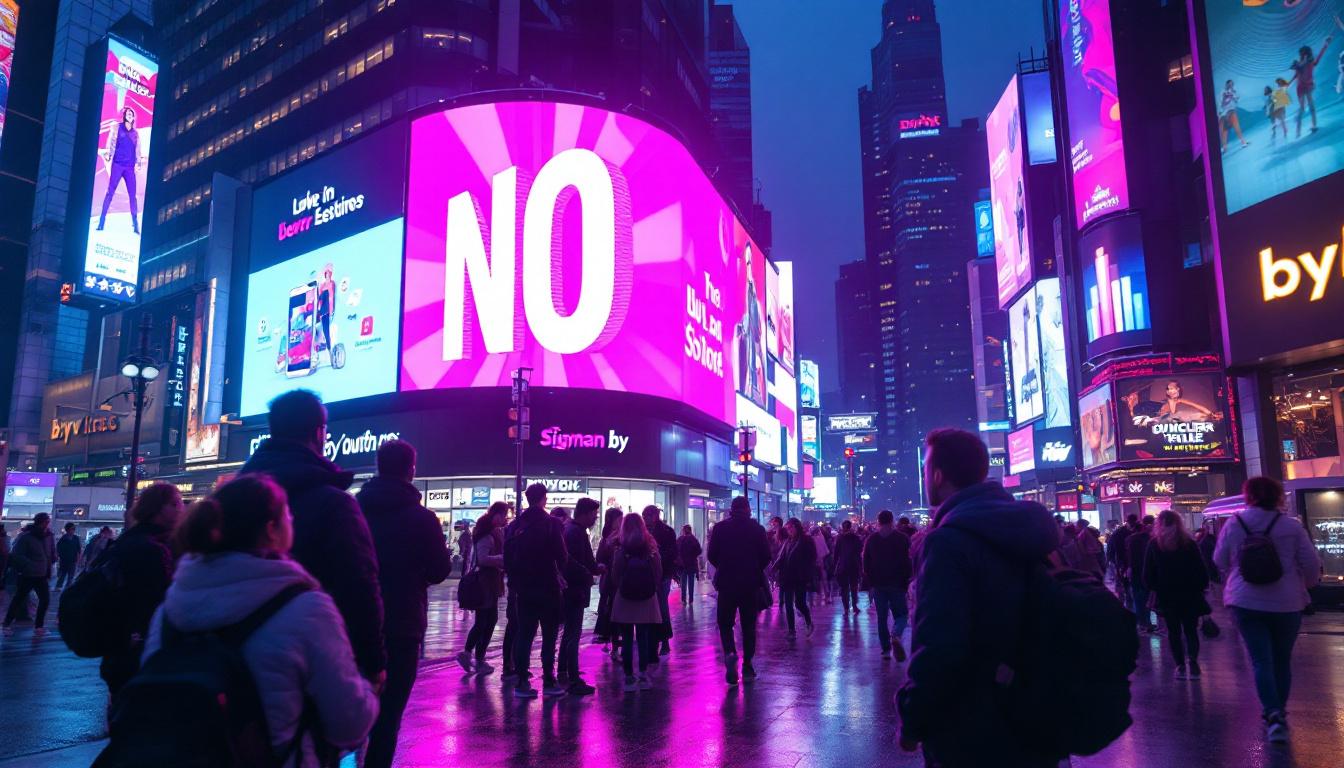In the realm of modern visual technology, the planar video wall has emerged as a powerful tool for communication, advertising, and entertainment. These impressive displays, composed of multiple screens or panels, create a cohesive visual experience that captivates audiences. This article delves into the intricacies of planar video walls, focusing on LED technology, their applications, and the benefits they offer.
Understanding Planar Video Walls
Planar video walls are large-scale displays made up of several smaller screens or panels arranged in a grid-like format. The term “planar” refers to the flat, two-dimensional nature of these displays, which can be configured in various shapes and sizes to meet specific needs. The most common technology used in these walls is LED (Light Emitting Diode), known for its vibrant colors and energy efficiency.
The Components of a Planar Video Wall
A typical planar video wall consists of several key components that work together to create a seamless visual experience. These components include:
- LED Panels: The heart of the video wall, these panels emit light and display images. They come in various resolutions and sizes, allowing for customization based on the intended use.
- Video Processors: These devices manage the input signals and distribute them across the panels. They ensure that the content is displayed correctly and in sync, creating a unified image.
- Mounting Structures: The physical framework that holds the panels in place. These structures can be wall-mounted or freestanding, depending on the installation requirements.
- Control Systems: Software and hardware that allow users to manage the content displayed on the video wall. This can include scheduling, content playback, and real-time updates.
How LED Technology Works
LED technology is at the forefront of video wall displays due to its numerous advantages. LEDs are semiconductor devices that emit light when an electric current passes through them. In a video wall, these tiny diodes are arranged in clusters to form pixels, which combine to create the images seen on the screen.
One of the primary benefits of LED technology is its ability to produce bright, vivid colors. This is crucial for environments where lighting conditions can vary, such as in retail spaces or outdoor installations. Additionally, LED displays are known for their longevity and low power consumption, making them an environmentally friendly choice.
Moreover, the modular nature of LED panels allows for flexible configurations that can adapt to different environments and applications. For instance, a video wall can be designed to curve around a corner or fit into a unique architectural space, enhancing the overall aesthetic appeal of the installation. This versatility makes planar video walls popular not only in commercial settings but also in venues like museums, sports arenas, and corporate lobbies, where dynamic visual storytelling is essential.
Another significant aspect of planar video walls is their capacity for high-resolution displays. As technology advances, the pixel density of LED panels continues to improve, resulting in sharper images and finer details. This is particularly advantageous for applications that require close viewing, such as control rooms or broadcasting studios, where clarity and precision are paramount. The combination of high resolution and vibrant color reproduction ensures that content is engaging and impactful, capturing the attention of viewers and enhancing their overall experience.
Applications of Planar Video Walls
Planar video walls have found applications across various industries, each leveraging their capabilities to enhance communication and engagement. From corporate environments to entertainment venues, the versatility of these displays is remarkable.
Corporate and Business Use
In the corporate world, video walls are often used for presentations, meetings, and collaborative workspaces. They can display data visualizations, video conferences, and interactive content, facilitating better communication among teams. The ability to showcase multiple sources of information simultaneously allows for more dynamic discussions and decision-making processes.
Moreover, video walls can serve as impressive focal points in lobbies and reception areas, reinforcing a company’s brand identity. By displaying promotional videos or company achievements, businesses can create a lasting impression on visitors and clients.
Retail and Advertising
Retail environments have embraced planar video walls as a means of capturing consumer attention. These displays can showcase advertisements, product demonstrations, and promotional content in a visually striking manner. The immersive experience created by a video wall can significantly enhance customer engagement and drive sales.
Additionally, the flexibility of video walls allows retailers to update their content easily. This adaptability is essential for businesses that need to respond quickly to market trends or seasonal promotions. By utilizing real-time data, retailers can tailor their messaging to suit the preferences of their target audience.
Entertainment and Events
In the entertainment industry, planar video walls are a staple at concerts, festivals, and sporting events. They provide a platform for displaying live feeds, graphics, and animations that enhance the overall experience for attendees. The large format and high resolution of these displays ensure that every detail is visible, regardless of the viewer’s location.
Moreover, video walls can be used creatively to transform venues, setting the mood and atmosphere for various events. From immersive art installations to interactive experiences, the possibilities are virtually limitless.
Benefits of Planar Video Walls
The advantages of incorporating planar video walls into various settings are numerous. Their impact on communication, engagement, and overall experience cannot be overstated.
Enhanced Visual Experience
One of the most significant benefits of planar video walls is the enhanced visual experience they provide. The combination of high-resolution images, vibrant colors, and large formats creates an immersive environment that captivates viewers. This is particularly important in settings where conveying information effectively is crucial.
Moreover, the seamless integration of multiple panels ensures that there are no distracting bezels or gaps, allowing for a cohesive display. This attention to detail can make a substantial difference in how content is perceived and understood.
Increased Engagement
Planar video walls have the unique ability to draw in audiences and keep them engaged. Whether in a corporate setting, retail environment, or entertainment venue, these displays can capture attention and convey messages more effectively than traditional signage or smaller screens.
By leveraging dynamic content, such as videos, animations, and interactive elements, organizations can create memorable experiences that resonate with their audience. This increased engagement can lead to higher retention rates and more significant overall impact.
Cost-Effectiveness and Longevity
While the initial investment in a planar video wall may be substantial, the long-term benefits often outweigh the costs. LED technology is known for its durability and longevity, reducing the need for frequent replacements. Additionally, the energy efficiency of LED displays can lead to lower operational costs over time.
Furthermore, the flexibility of video walls allows for scalable solutions. Organizations can start with a smaller configuration and expand as needed, making it a cost-effective choice for businesses of all sizes.
Challenges and Considerations
Despite their many advantages, planar video walls also come with challenges that organizations must consider before implementation. Understanding these challenges can help in making informed decisions and ensuring successful installations.
Initial Investment and Installation
The upfront cost of purchasing and installing a planar video wall can be a significant barrier for some organizations. Depending on the size, resolution, and technology used, prices can vary widely. Additionally, installation requires careful planning and expertise to ensure that the video wall functions optimally.
Organizations must also consider the ongoing costs associated with maintenance and content management. While LED displays are generally low-maintenance, they still require regular checks and updates to ensure peak performance.
Content Management and Scheduling
Another challenge lies in the effective management of content displayed on the video wall. Organizations need to invest in robust content management systems that allow for easy scheduling, updates, and playback. This requires training staff and developing strategies to keep content fresh and relevant.
Moreover, the need for high-quality content cannot be overstated. Poorly produced videos or graphics can detract from the overall impact of the video wall, making it essential to prioritize quality in content creation.
Future Trends in Planar Video Walls
As technology continues to evolve, so too does the landscape of planar video walls. Several trends are emerging that are likely to shape the future of these displays, making them even more versatile and impactful.
Advancements in LED Technology
Ongoing advancements in LED technology are set to enhance the performance of video walls. Innovations such as micro-LED and OLED (Organic Light Emitting Diode) are paving the way for even higher resolutions, better color accuracy, and improved energy efficiency. These technologies will enable organizations to create even more immersive and engaging experiences.
Integration with Interactive Technologies
The integration of interactive technologies, such as touchscreens and gesture recognition, is becoming increasingly popular in video walls. This allows users to engage with the content in real time, creating a more dynamic and personalized experience. As these technologies become more accessible, organizations will have the opportunity to leverage them to enhance audience interaction.
Remote Management and Cloud Solutions
As remote work and digital solutions continue to gain traction, the ability to manage video walls remotely is becoming a necessity. Cloud-based content management systems will allow organizations to update and control their displays from anywhere, streamlining operations and ensuring that content remains current and relevant.
Conclusion
Planar video walls represent a significant advancement in visual technology, offering organizations a powerful tool for communication, engagement, and branding. With their vibrant LED displays, versatility, and ability to captivate audiences, these installations are becoming increasingly popular across various industries.
While challenges exist, the benefits of planar video walls far outweigh the drawbacks. As technology continues to evolve, the future holds exciting possibilities for these displays, promising even greater advancements in visual communication. By understanding the intricacies of planar video walls and leveraging their capabilities, organizations can create impactful experiences that resonate with their audiences.
Discover LumenMatrix’s Innovative LED Solutions
Ready to elevate your visual communication with cutting-edge technology? Explore LumenMatrix’s comprehensive range of LED display solutions, designed to bring your brand to life and engage your audience like never before. From captivating Indoor LED Wall Displays to dynamic Outdoor LED Wall Displays and beyond, LumenMatrix is at the forefront of creating immersive experiences that resonate. Check out LumenMatrix LED Display Solutions today and see how we can transform your space into a visual spectacle.

